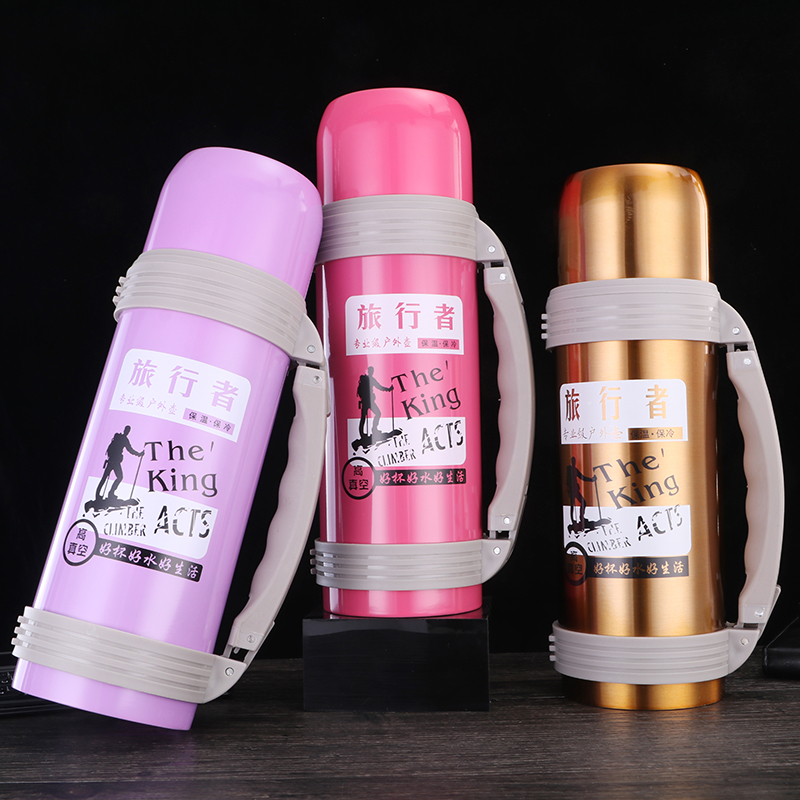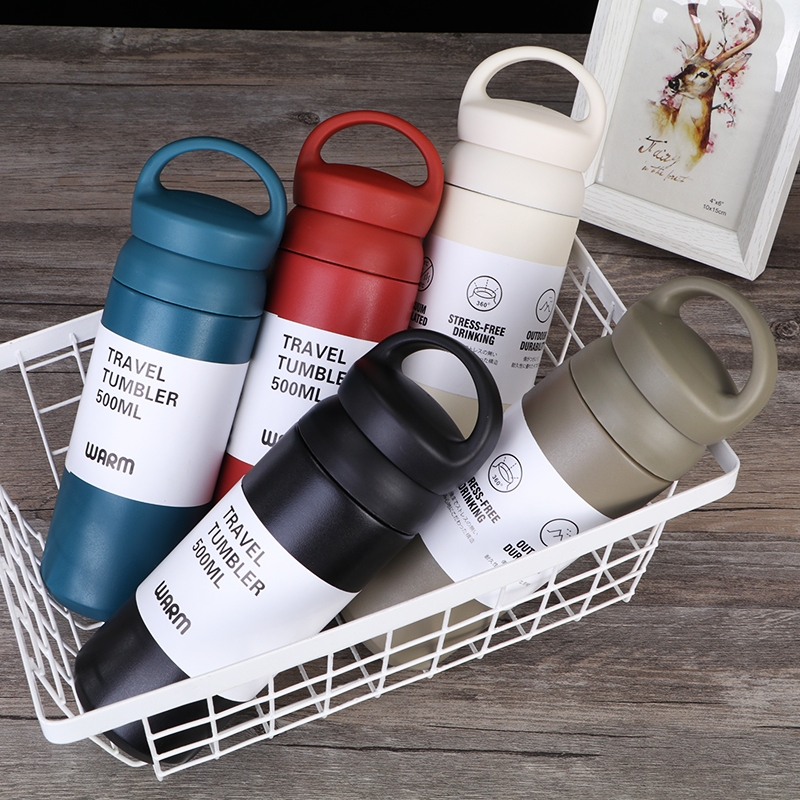Today I would like to share with my friends. When purchasing a stainless steel water cup, if I find that there is no 304 or 316 stainless steel symbol inside the water cup, can I not purchase and use it?
It has been a century since the stainless steel water cup came into being. In the long river of time, the stainless steel material used to make the water cup has been continuously upgraded and innovated with the requirements of the market. It was at the beginning of this century that 304 stainless steel was truly recognized as food-grade stainless steel. 316 The full use of stainless steel in the manufacture of stainless steel water cups has also happened in recent years.
In the past year or two, with the continuous publicity and reports in the market, more and more people have begun to know and understand 304 stainless steel and 316 stainless steel. They will also check whether there is a symbol of 304 stainless steel or 316 stainless steel when buying a stainless steel water cup. See You will feel more confident when purchasing water bottles with these symbols. At the same time, when you see a stainless steel water cup without a material symbol, you will inevitably have doubts. Do you think the material of such a water cup meets the standard?
We have described in detail about the 304 and 316 symbols in the previous article. The 304 stainless steel symbols and the 316 stainless steel symbols are not designed and implemented by the world’s authoritative organizations, nor are they required by the national industry administrative management to be stamped into the cup body. The 304 and 316 symbols that appear on the bottom of the water cup are just a way for businesses or factories to directly inform the public of consumers, displaying the materials of their products in this way. So there will be many loopholes to exploit.
Friends who have been following our website for a long time may still remember the case we have encountered. The customer asked our factory to quote a cup with an internal standard of 316 water cups, but the budget given by the other party was quite different from the actual cost and did not meet the product cost. After obtaining the customer’s permission, we tested the material of the water cup provided by the other party. The results were shocking. Except for the material at the bottom of the water cup, which was made of 316 stainless steel, the other parts of the material were not 316 stainless steel. The results of this matter were similar to Our article today has nothing to do with it. I mentioned this case just to tell my friends that when buying a stainless steel water cup, you don’t have to be too obsessed with it. What is the mark on the bottom of the water cup? Or is there a sign?
Some friends will definitely say that if this is the case and I find such a problem after purchasing a water cup, I can file a claim with the merchant. However, in fact, apart from the simple method we have mentioned before using a magnet to test whether it is 304 stainless steel, it is difficult for individuals to detect the water cup through other methods. Whether the material is qualified, of course, if those professional fighters can do this, but the other party will also mark the 316 stainless steel on my bottom, just the bottom, without indicating that the material of other parts is 316 stainless steel. Isn’t it very speechless? I have personally experienced this situation. experienced.
Of course, water cups without any symbols on the bottom will indeed be more suspected of cutting corners. There is no hard and fast rule for stainless steel water cups not to be marked, but the national and international industries for plastic water cups have hard rules. If a plastic water cup has the wrong mark on the bottom , omissions, inaccuracies, unclearness and vagueness are not allowed.
It seems that friends have encountered an unsolvable problem. In fact, there are other ways to judge whether the material of this water cup meets the standard. That is to pay more attention to whether the water cup has been tested by an authoritative testing agency when purchasing this water cup. Whether the test results meet the requirements of national standards or American standards and European standards? If you see the merchant showing a quality inspection report, relatively speaking, you can buy this water cup with confidence, even if the bottom of this stainless steel water cup does not have 304 stainless steel or 316 stainless steel symbol.
Finally, I would like to emphasize the method of magnet testing. Since the exposure of our article has increased with this method, many unscrupulous manufacturers can avoid the magnetization problem when purchasing materials, because 304 stainless steel and 316 stainless steel themselves exhibit weak magnetism, while 201 stainless steel and other Stainless steel exhibits strong magnetism, but now some factories purchase weakly magnetic 201 stainless steel to produce water cups. Please refer to the product test report.
Speaking of this, many colleagues, including us, deliberately focus on describing the safety of materials when sharing with everyone. Therefore, if there are too many such sharing methods, it will form a three-person effect, causing people to be suspicious of water cups without material symbols. Doubts abound.
Post time: Jan-16-2024

